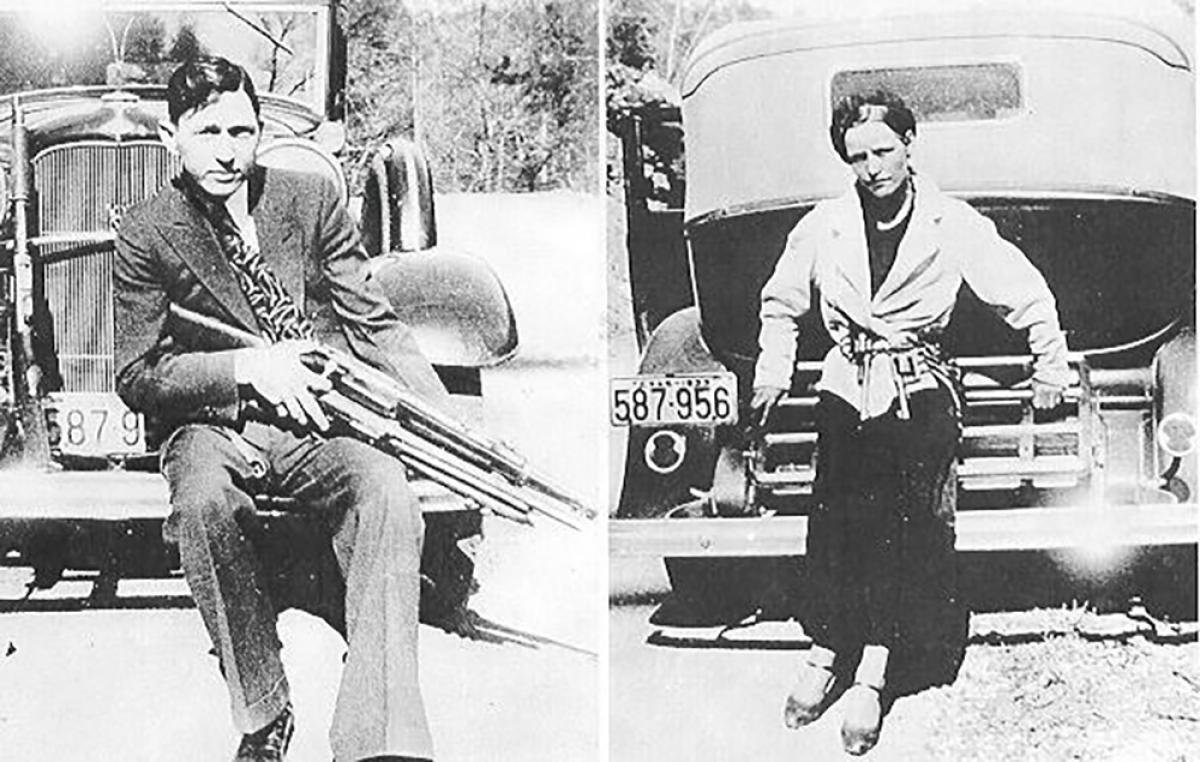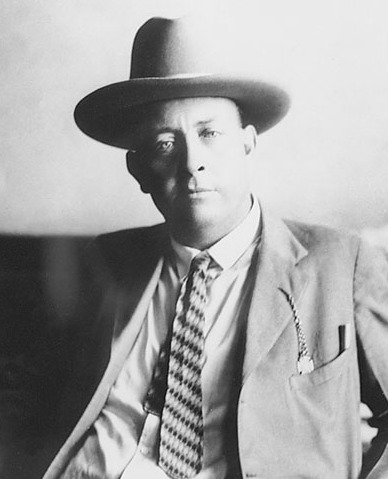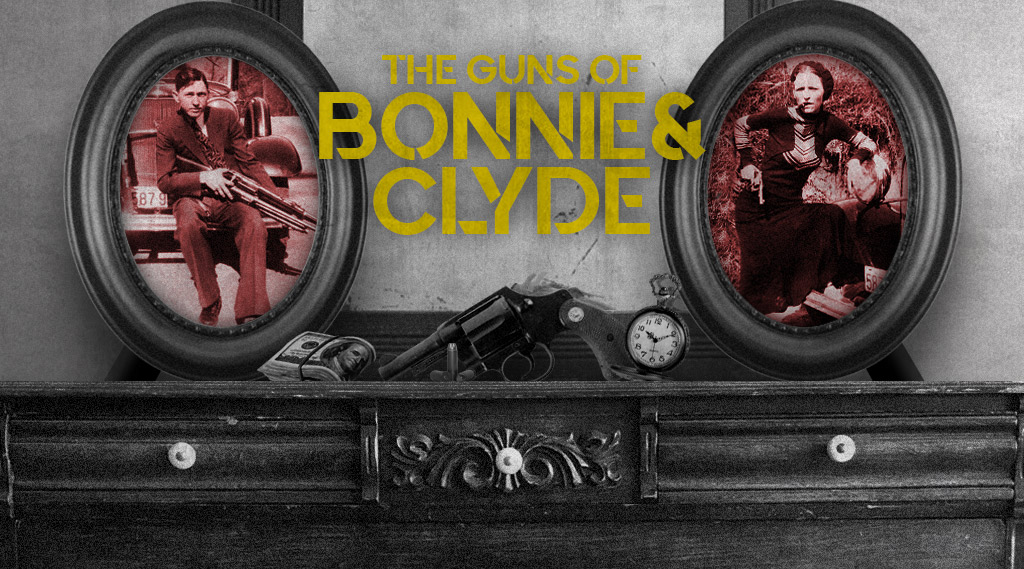Great articl Anni. Here's some more tidbits on information:

en.wikipedia.org
Francis Augustus Hamer (March 17, 1884 – July 10, 1955) was an American law enforcement officer and Texas Ranger who led the 1934 posse that tracked down and killed criminals Bonnie Parker and Clyde Barrow. Renowned for his toughness, marksmanship, and investigative skill, he acquired status in the Southwest as the archetypal Texas Ranger. Hamer also led the fight in Texas against the Ku Klux Klan, starting in 1922, as senior captain of the Texas Rangers, and he is believed to have saved at least 15 people from lynch mobs. He was inducted into the Texas Ranger Hall of Fame. His professional record and reputation are controversial, particularly with regard to his willingness to use extrajudicial killing even in an increasingly modernized society. Hamer has been described by biographer John Boessenecker as "one of the greatest American lawmen of the twentieth century". While Bonnie and Clyde were hardened criminals Frank Hammer and his crew of Texas Rangers were even harder. Frank Hammer never even considered the possibility of taking Parker and Barrow alive, so he armed himself with a.30-caliber Remington Model 8 rifle. His men wielded a.35-caliber Model 8, a Model 94 Winchester, a.25-caliber Model 8, and a BAR. Some of them were armed with Remington Model 11 shotguns.
Learn about the guns of Bonnie and Clyde in this article featuring illustrations of the weapons they used to commit crimes and the guns that killed them.
www.wideners.com

 www.pewpewtactical.com
www.pewpewtactical.com

 www.pewpewtactical.com
www.pewpewtactical.com


